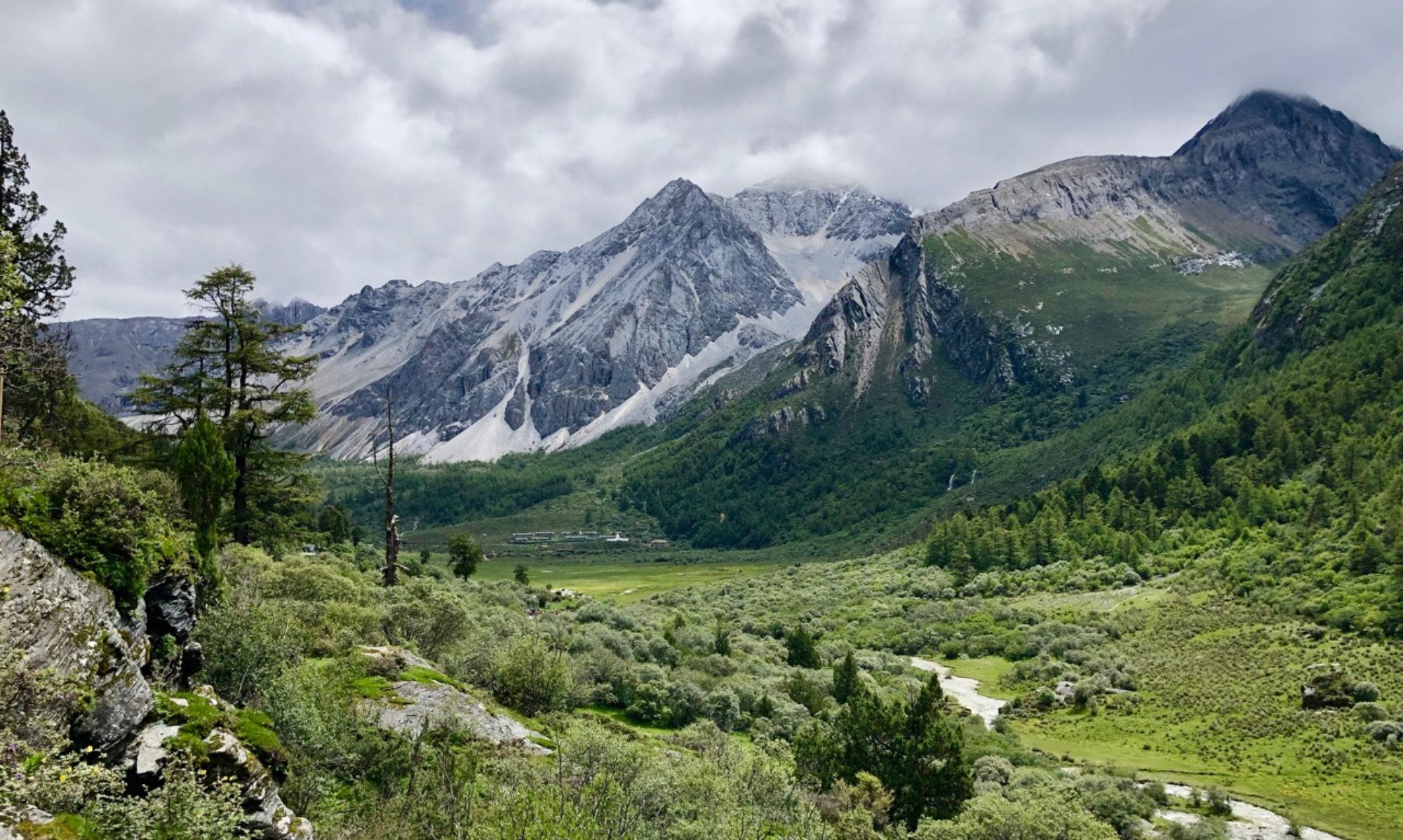A gentle walk along the riverside to a ruined castle with links to the story of Mary Queen of Scots before a steep climb to the site of an ancient hill fort and a hoard of Roman treasure.
Distance: 9 ½ miles
Time: 3 ¼ hours
Start and Finish: East Linton (NT 59180 77225)
Access: East Linton can be accessed by bus from Edinburgh and Berwick-upon-Tweed, and from many surrounding towns such as Haddington, Musselburgh and North Berwick .
Start at the fine-looking fountain in the centre of East Linton. This was built on the site of an old well, and dates from 1882.

Head down the High Street and pass under the railway bridge. A private road on the left leads down to the riverside, from where you can join a path to follow the River Tyne upstream. Not to be confused with its more famous Northumbrian counterpart with which it shares a name, the Tyne starts on the edges of the Moorfoot hills and flows into the North Sea near Dunbar.

The path continues along the side of the river until you reach a wooden footbridge (NT 57635 76010). Cross here, then follow the path uphill away from the river until you reach a road. Bear right here to arrive at the majestic ruin of Hailes Castle.

Hailes Castle was built in approximately 1240 as the home the Gourlays, a rising Northumbrian family, and much of their original castle survives to this day. Their decision to back the English during the Wars of Independence, however, saw their fortunes change and Hailes was given to the Hepburns. Its low-lying location proved difficult to defend, and it was the victim of numerous sieges over the years.
The castle was the birthplace of James Hepburn, better known to history as Lord Bothwell. He was the third husband of Mary Queen of Scots and was suspected in the murder of her second husband Lord Darnley, and the queen herself stayed at the castle before their ill-fated marriage. These royal ties would not save Bothwell, however, and he would end his days in exile in Denmark.
The castle was much damaged by Cromwell’s army. It was later sold to the Dalrymple family, who subsequently abandoned it in favour of their newly built Newhailes castle. By the late 1700s, the noble residence had become the home of a simple farmer, but today is in the hands of Historic Scotland and open to visitors year-round.
Continue along the road past the castle. Looking back, you soon lose sight of the castle despite its close proximity. When you reach another road, turn left and continue along the road. On the horizon to your right, you may be able to discern the shape of the Balfour monument. This stands as a memorial to local landowner and Conservative MP James Maitland Balfour, whose son Arthur served as Prime Minister between 1902 – 1905.

Continue along the road to approach the wide round mound of Traprain Law. Pass by a stile at the roadside to arrive at a small car park from where many a walker begins their climb. The slopes of the hill are home to a herd of semi-feral Exmoor ponies who keep the grass from growing too long thereby lowering the risk of fires.

Cross the stile at the back of the parking area and follow the path beside the wall. It shortly bears left to continue on a slightly higher gradient. From here, you can enjoy spectacular views across to North Berwick Law and the Bass Rock.

When you have walked roughly as far as the stile passed earlier, the path swings sharply left to climb further uphill until you arrive at a fork. Take the left path, to double back in the direction you came. This path bends to the right to reach the summit of the hill (NT 58165 74668).

From the summit of the Law, it is easy to see why the hill was the site of one of the largest hill forts in the area. This was the capital of a tribe known to the Romans as the Votadini and the Britons as the Gododdin. It was also the site of the largest hoard of Roman artefacts ever found outside of territory that once formed part of the empire. Whether this was obtained through trade of by the sword is unsure. The lands of the Gododdin were absorbed into the growing Anglian kingdom of Bernicia in the 7thcentury, by which time their capital had moved to nearby Edinburgh.
Legend has it that King Lot, king of Lothian in Arthurian lore, threw his daughter Thenaw from the hilltop after discovering that she was pregnant following her rape by his enemy Owain mab Urien. Thenaw survived the fall and was transported across the Forth to Culross where she gave birth to a son, Kentigern. Raised as a monk, he is more famously known as St Mungo, the patron saint of Glasgow – his mother became known in the city as St Enoch, and St Enoch’s square is said to be the site of the chapel where she was buried.

From the cairn atop the Law, retrace your steps back to the parking area and continue along the road. When another road is met, bear left to reach the village of Traprain. When the main road bends to the right, join a single-track road heading left. This passes a farm at Kippielaw before descending to join Brae Heads Loan.

Turn right, and continue along the road to pass below the A1 and arrive on the outskirts of East Linton. Continue straight at a crossroads and under the railway line, then turn left to cross a stone bridge to arrive back to the centre of the village.

